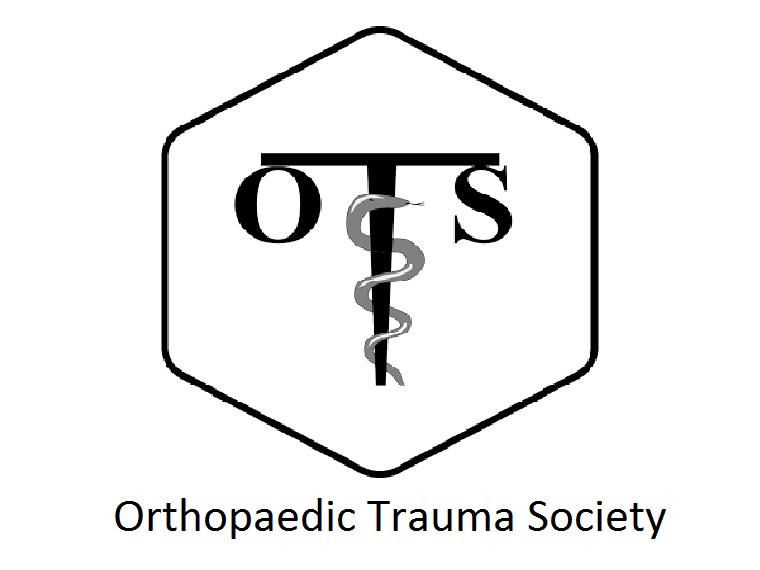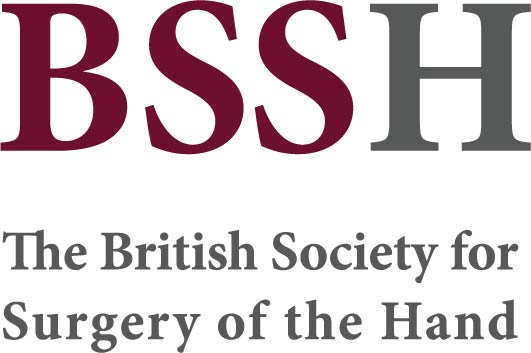BOAST - The Management of Distal Radial Fractures



Date Published: December 2017
Last Updated: December 2017
Background and justification
Fractures of the distal radius are common and result from both high and low energy trauma. The aim of treatment is to optimise functional recovery rather than to achieve specific radiological parameters.
Inclusions
Skeletally mature patients with fractures involving the distal radius.
Standards for Practice
- The mechanism of injury and clinical findings, including skin integrity, assessment of circulation and sensation, should be documented at presentation. Radiographic assessment should be posteroanterior and lateral views centred at the wrist.
- If manipulation is indicated, it should be undertaken using regional anaesthesia, performed by a suitably qualified and trained practitioner (as opposed to local haematoma block).
- Open fractures should undergo surgical debridement and stabilisation in accordance with the BOAST Open Fractures.
- Patients should be referred to the Fracture Clinic service and assessed within 72 hours (BOAST for Fracture Clinic Services).
- Patients with a stable fracture of the distal radius should be considered for early mobilisation from a removable support once pain allows.
- When using a plaster cast to treat a distal radius fracture, the wrist should be in neutral flexion with 3point moulding used to hold the fracture and not forced palmar flexion. Consider removing the cast and starting mobilisation 4 weeks after injury.
- In patients 65 years of age or older, non-operative treatment can be considered as a primary treatment for dorsally displaced distal radius fractures unless there is significant deformity or neurological compromise.
- In patients under 65, consider ulnar variance, intra-articular step, dorsal tilt and reflect on the patient’s needs when assessing whether the patient may benefit from surgical reconstruction.
- Volar displaced fractures are unstable and should be considered for open reduction and plate fixation.
- When surgical fixation is indicated for dorsally displaced distal radius fractures offer K-wire fixation if displacement of the radial carpal joint can be reduced by closed manipulation. If this is not possible consider open reduction and internal fixation.
- If surgical intervention is undertaken, this should be performed within 72 hours of injury for intraarticular fractures and within one week for extra-articular fractures. When operative management is indicated for re-displacement following manipulation, surgery should be undertaken within 72 hours of the decision to operate.
- Repeat radiographs of the wrist between 1-2 weeks after injury (or manipulation) where it is thought that the fracture pattern is unstable AND when subsequent displacement will lead to surgical intervention.
- A radiograph of the patient’s wrist at the time of removing immobilisation is not required unless there is clinical cause for concern.
- Patients should be assessed for falls risks and bone health, and referred to the fracture liaison services and or falls service where appropriate.
- All patients should receive information regarding expected functional recovery and rehabilitation, including advice about return to normal activities such as work, education and driving. Patients should be able to self-refer to the fracture service if progress is not as anticipated and hospitals should provide this mechanism.
Evidence base:
NICE Non-Complex Trauma Guidelines: www.nice.org.uk/guidance/ng38
BSSH BOA Blue Book: www.bssh.ac.uk/professionals/management_of_distal_radial_fractures.aspx
